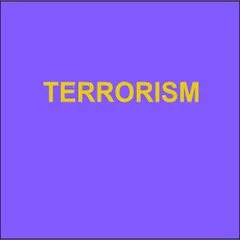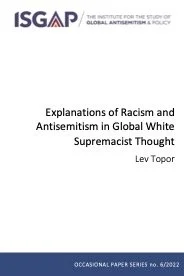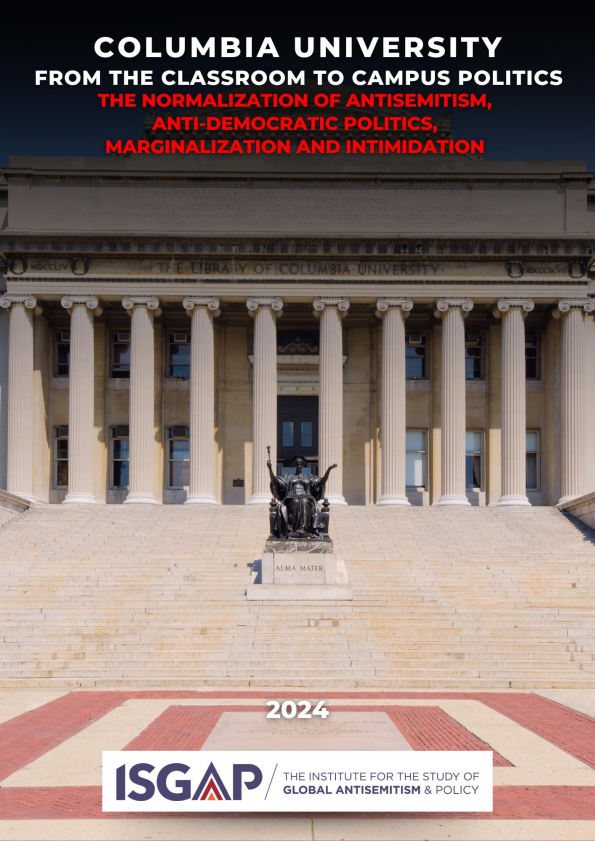By Markos Zografos
The Muslim Brotherhood is an organization that was founded in Egypt 1928 with the goal of establishing a global Islamic caliphate. The ideological influences of Wahhabism and Salafism and the socio-political atmosphere of the early 20th century that saw the strengthening of Western colonial expansion and the weakening of Islamic influence in the Middle East set the stage for the organization’s establishment. Ideologically, Wahhabism and Salafism, two purist movements constructed respectively in the late 18th and 19th centuries, called for the removal of what Wahhabists and Salafists perceived as corrupt influences that contaminated a “pure” and “true” Islam. The basic concepts of Islamic purity in Wahhabism, which provided a foundation for Salafism to build upon, asserted the need for an Islamic caliphate to expand in opposition to the Western-influenced governments that embraced religious pluralism. Wahhabism and Salafism thus created an enveloping ideological framework that spawned many 20th century jihadist organizations. The Muslim Brotherhood became one of these jihadist organizations—arguably the most significant one. Since its establishment in 1928, it has expanded its influence into multiple political, non-governmental, and non-state organizations with far-reaching global influence, including but not limited to the Iranian regime after the Islamic Revolution of 1979, Hezbollah, Sudan under Omar al-Bashir, Palestinian Islamic Jihad, Hamas, al-Qaeda, and Islamic State (ISIS), as well as several NGOs in present-day North America and Europe. Hand in hand with the drive to construct an Islamic caliphate that would ensure the practice of what the Muslim Brotherhood perceived as a pure and true Islam free from foreign influences, as well as the view that Western expansion posed a threat to Islam’s influence in the world, key Brotherhood members also advocated the evilness of the Jewish people and the need for their eradication. A recurring perception among Muslim Brotherhood members is that Jews conspired behind the West’s ideological and colonialist expansion in order to weaken Islam. Likewise, the establishment of the State of Israel in 1948 significantly exacerbated the genocidal antisemitic rhetoric and practices of the Muslim Brotherhood, and to this day the Brotherhood has been active in slandering and taking hostile actions against Jewish people and the State of Israel in particular. In his book, Islamic Fundamentalism in the West Bank and Gaza: Muslim Brotherhood and Islamic Jihad, Ziad Abu-Amr identifies three key periods in the Muslim Brotherhood’s development: (1) the period of “insurrection” (1928-1949), which were the years of its establishment by and rule under its founder, Hasan al-Banna; (2) the period of “ordeal” (1949- 1967), which followed the assassination of al-Banna and the Muslim Brotherhood’s persecution in Egypt by President Gamal Abdel Nasser, during which it underwent an intellectual resurgence mostly through Sayyid Qutb’s writings, until his execution in 1967; and (3) the period of “differentiation” (1967-present), which is characterized by the renewed vigor of Qutb’s ideas and jihadism in general due to his execution, the exit of the Muslim Brotherhood from its persecution in Egypt, and the further This paper presents an examination of the Muslim Brotherhood and its connected organizations. It aims to show the stages of the Muslim Brotherhood’s development, how the Brotherhood connects to its offshoot organizations, the injustice and violence that occur when any of these organizations manage to gain enough power in order to carry out jihad and enact sharia law, and the rhetoric and practice of Jew hatred in each of the organizations and their key members. In addition, it aims to show how genocidal antisemitism is a core ideology of the Muslim Brotherhood that can be traced throughout its history and the history of its offshoots.
OCCASIONAL PAPER SERIES no. 4/2021
Oxford ◆ Cambridge ◆ New York.◆ Jerusalem ◆ Toronto.◆ Rome;
The Institute for the Study of Global Antisemitism and Policy
ISCAP, 2021. 71p.






